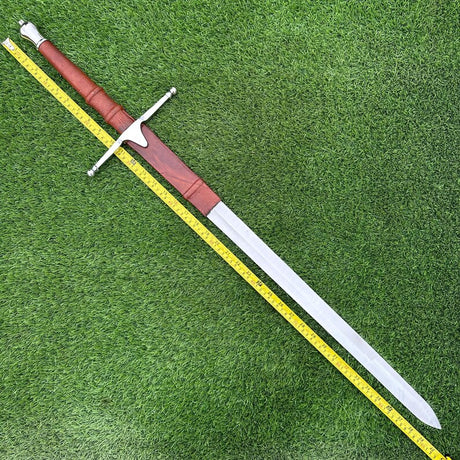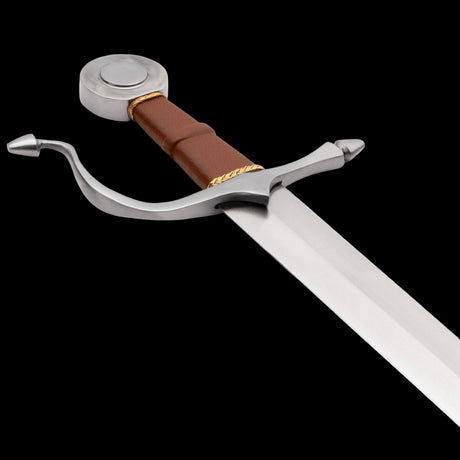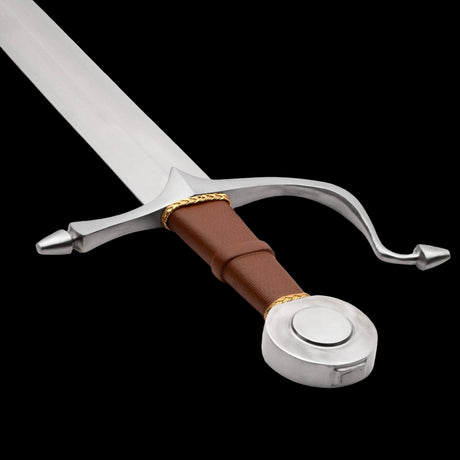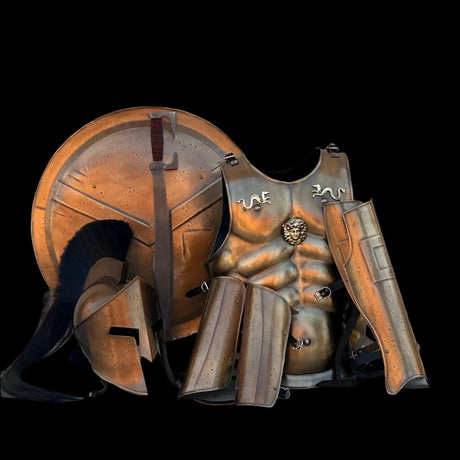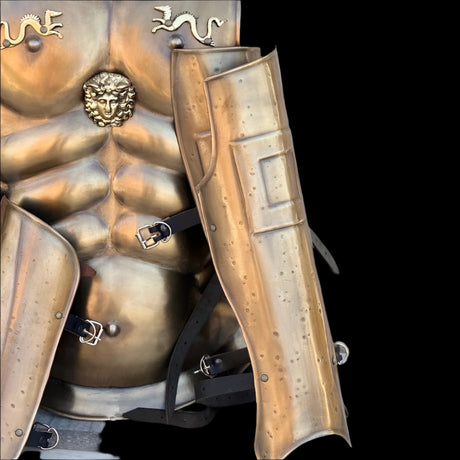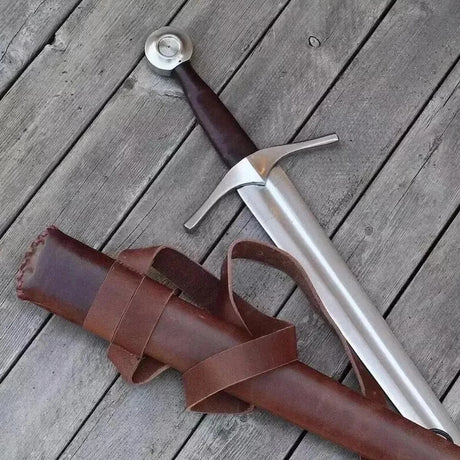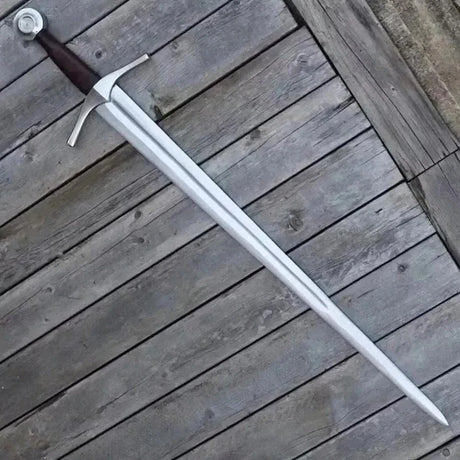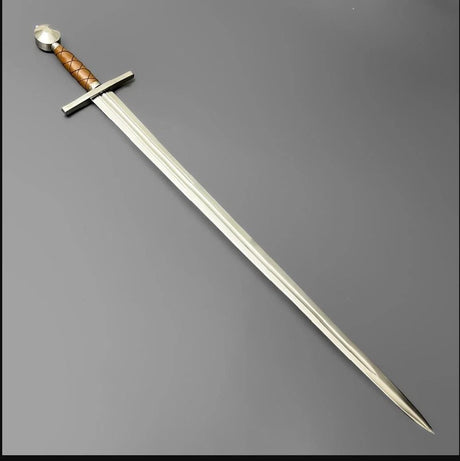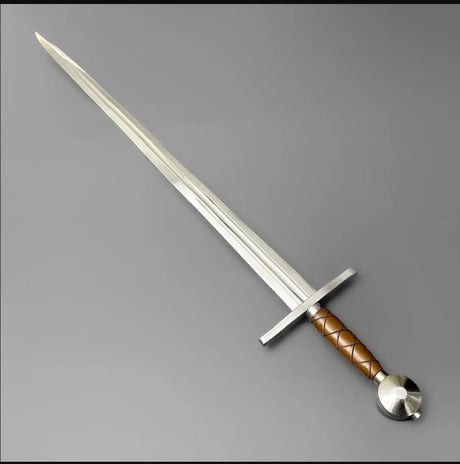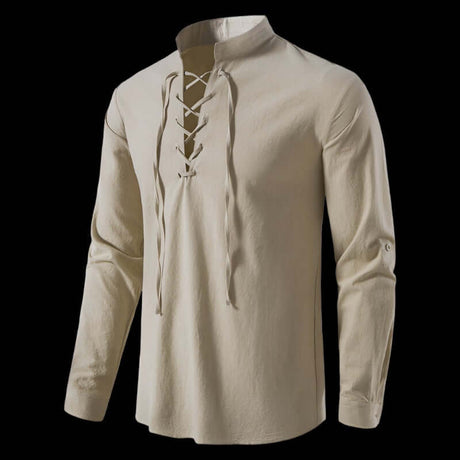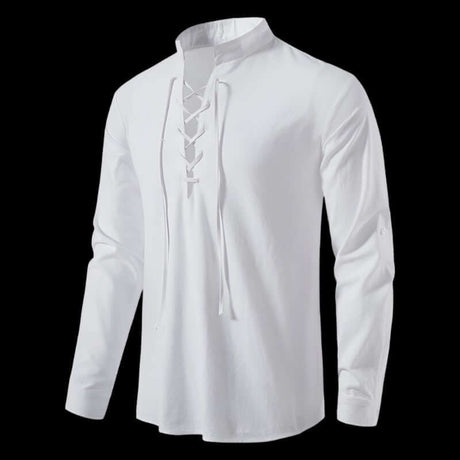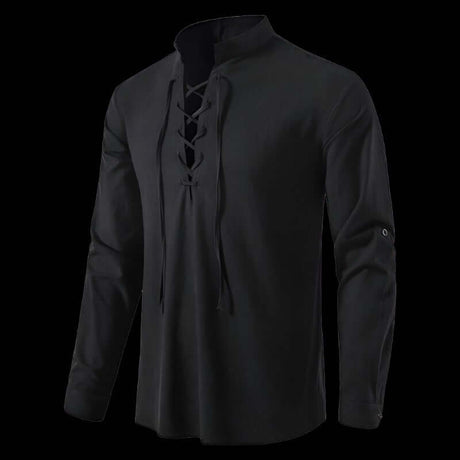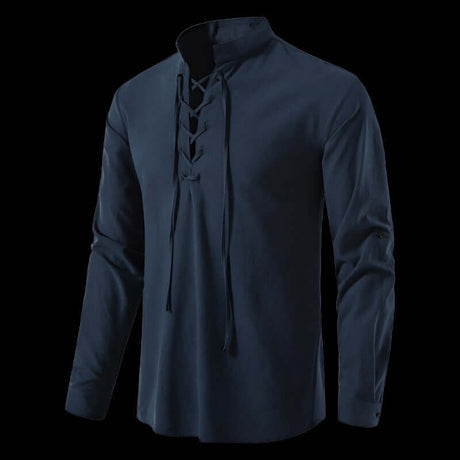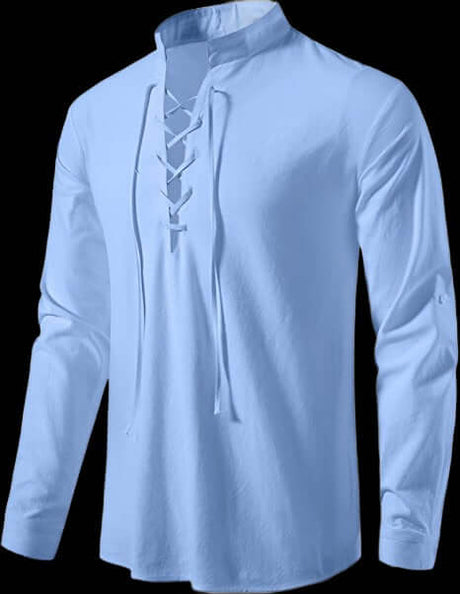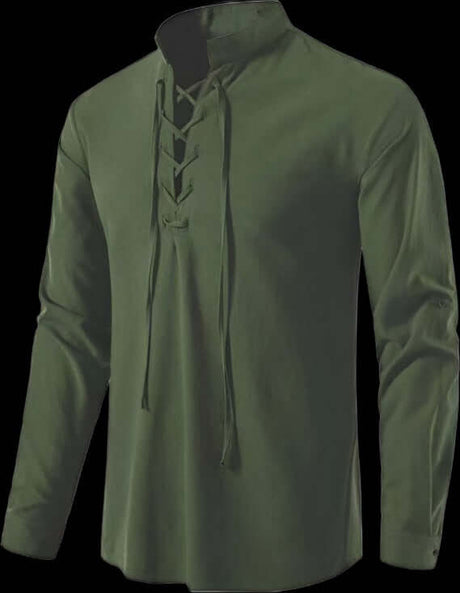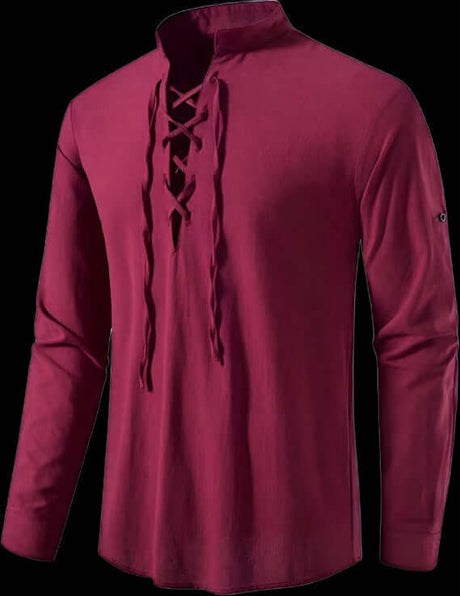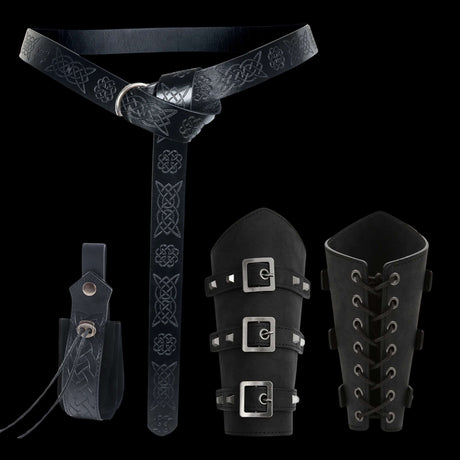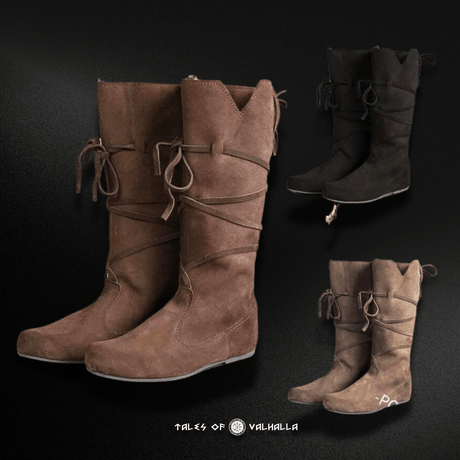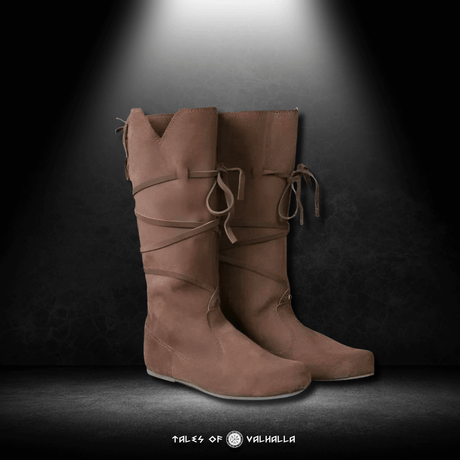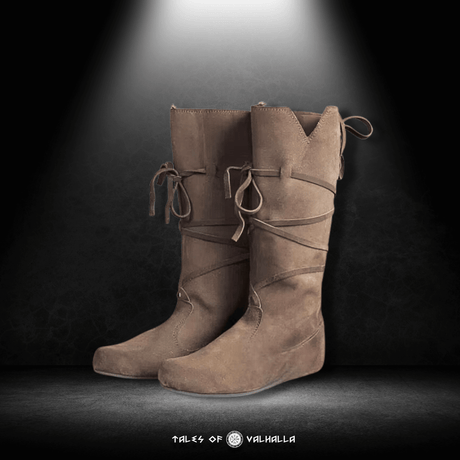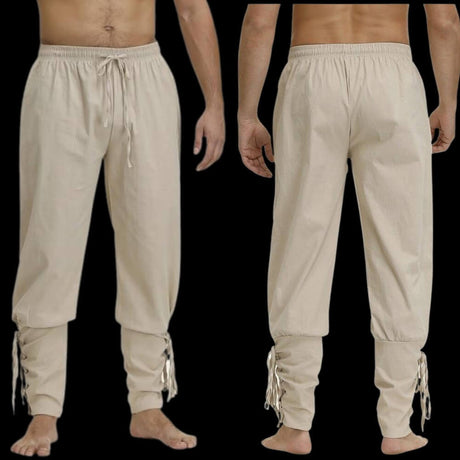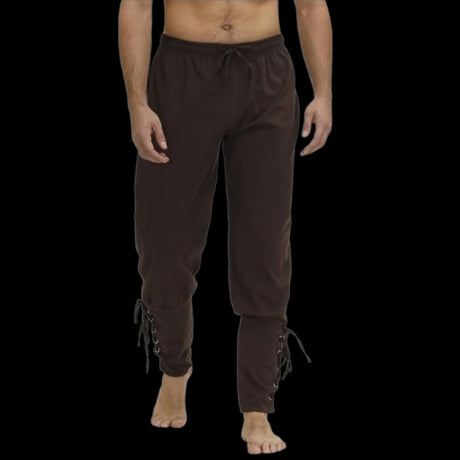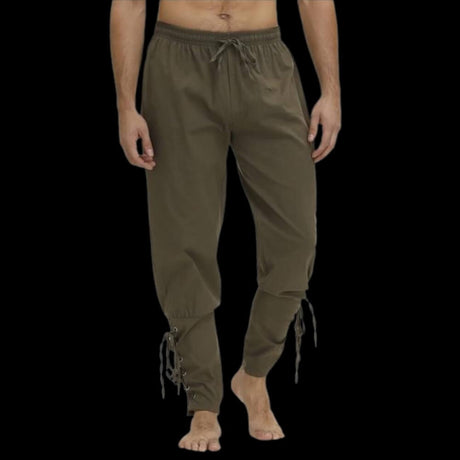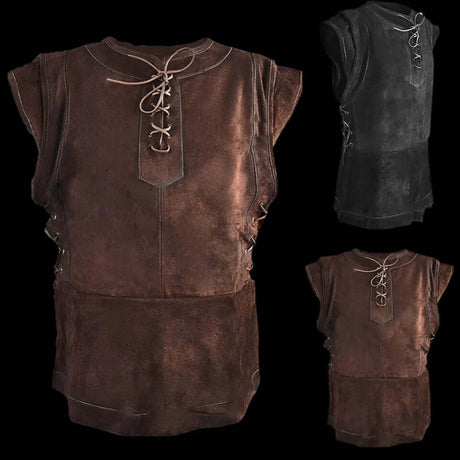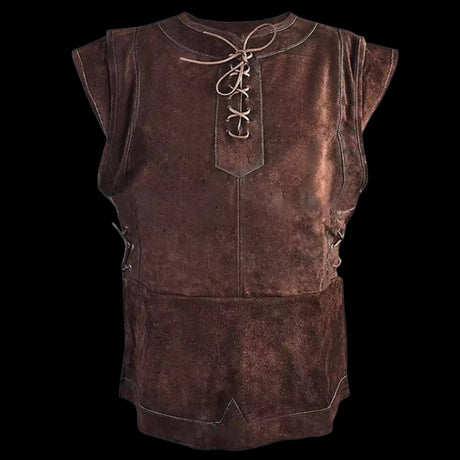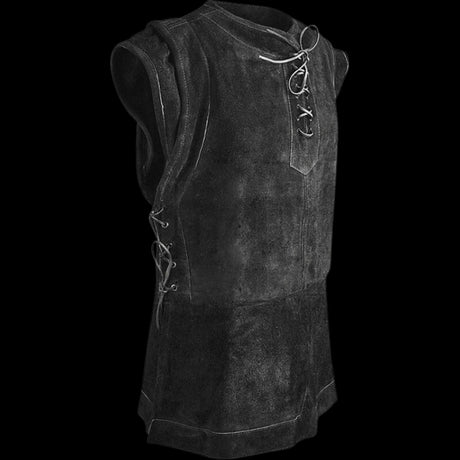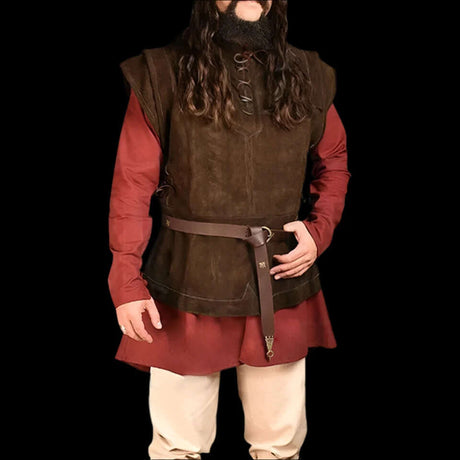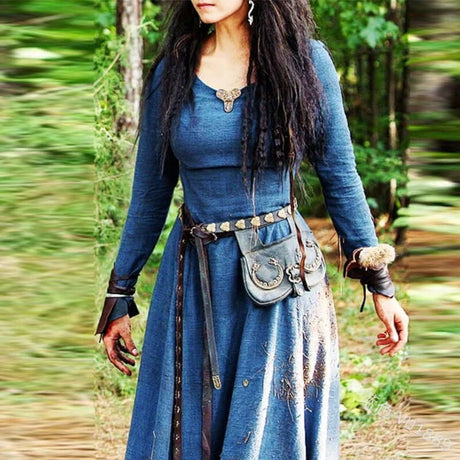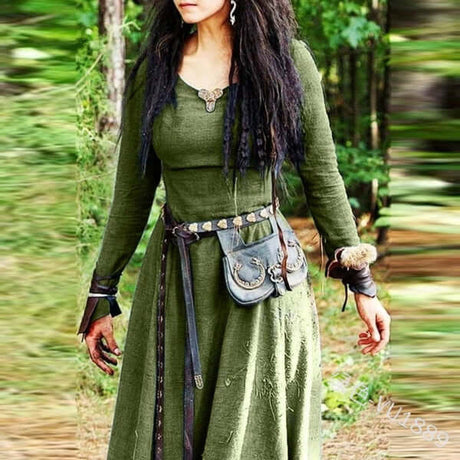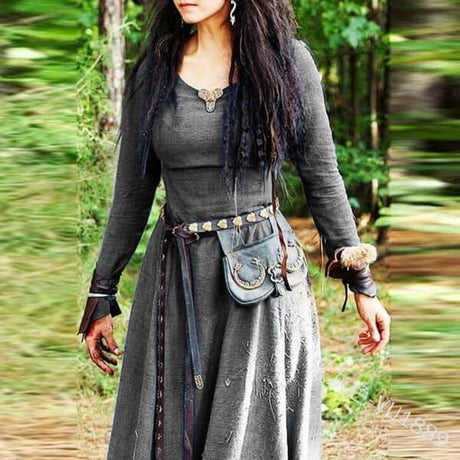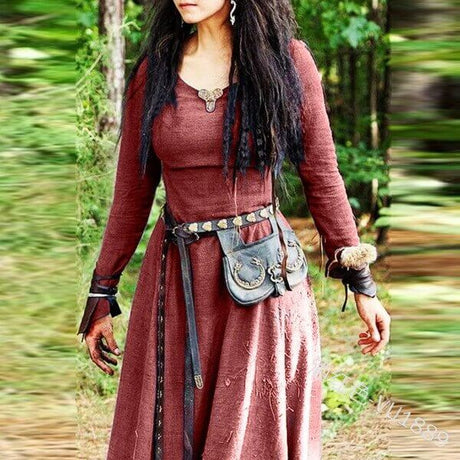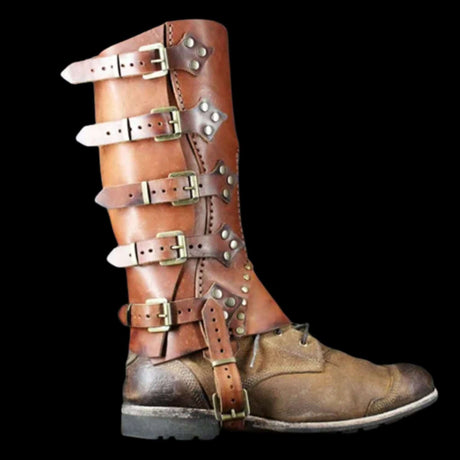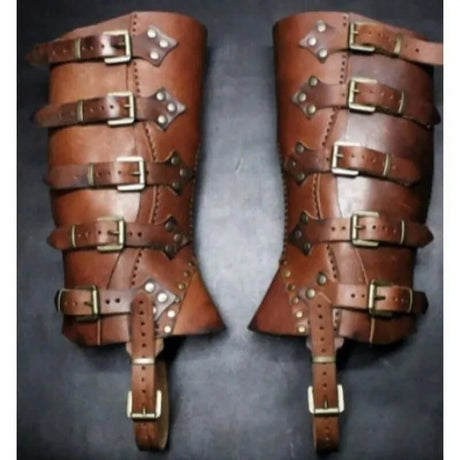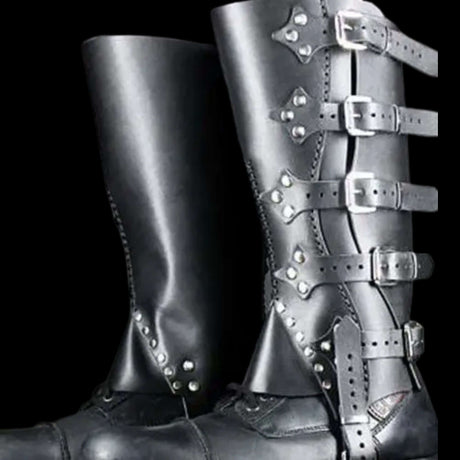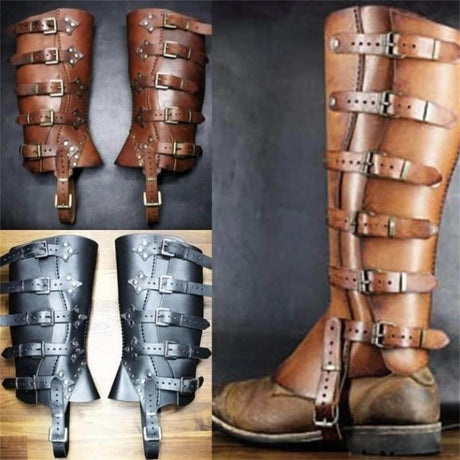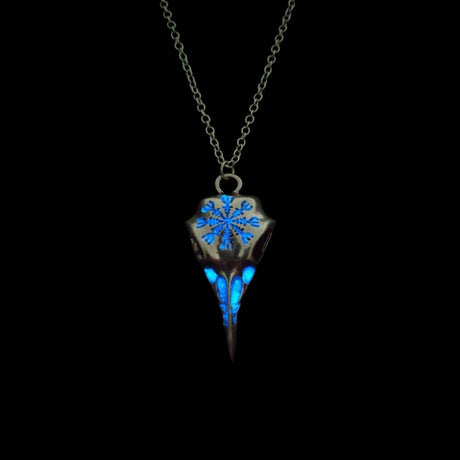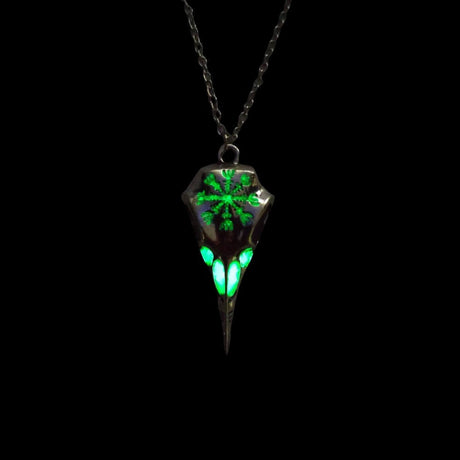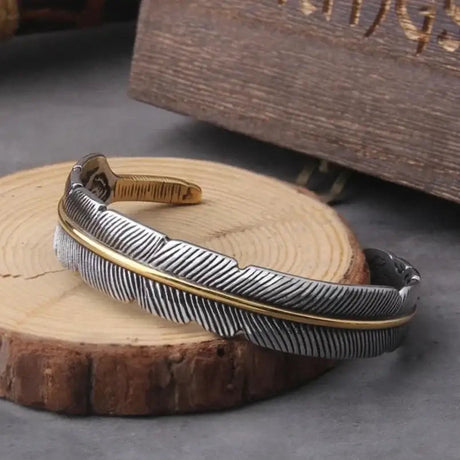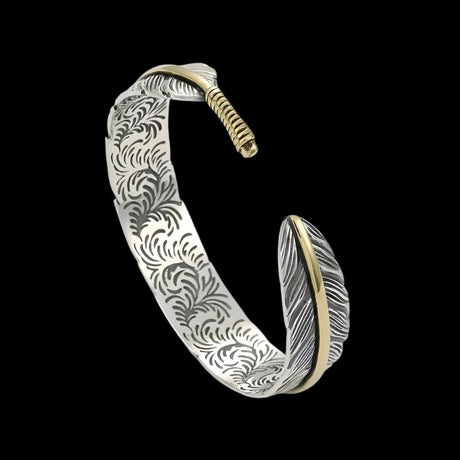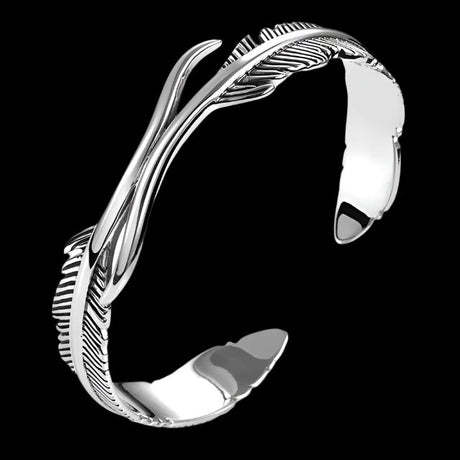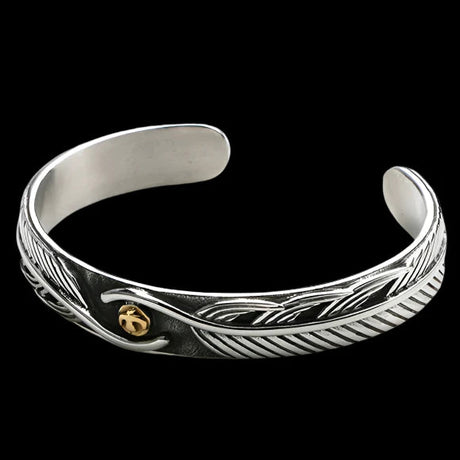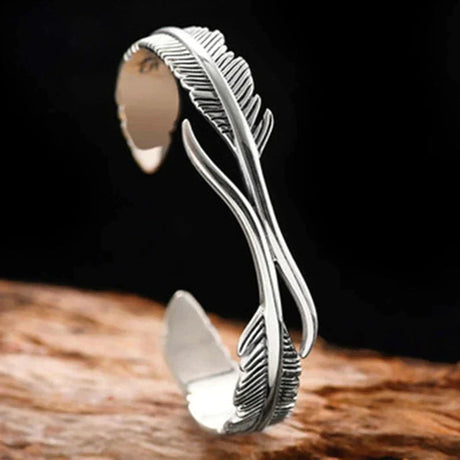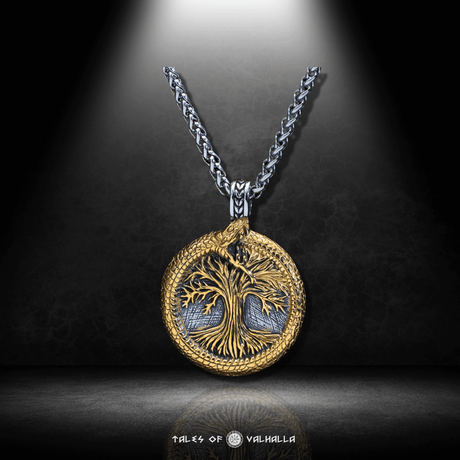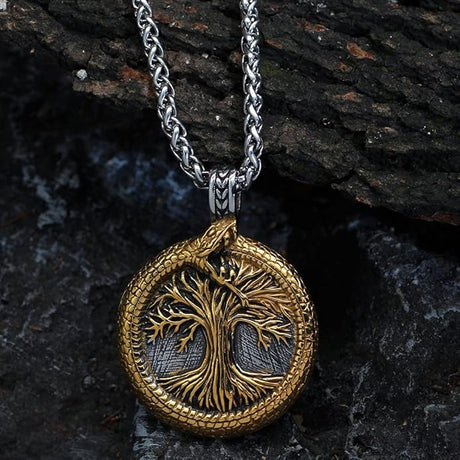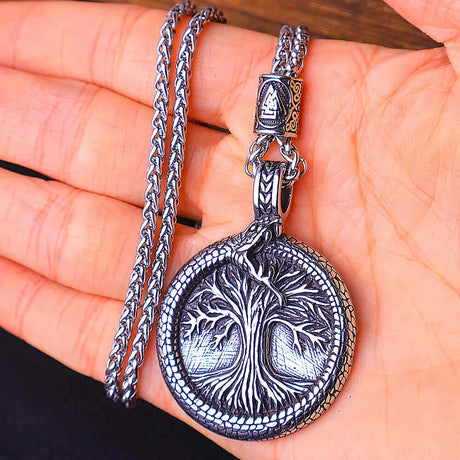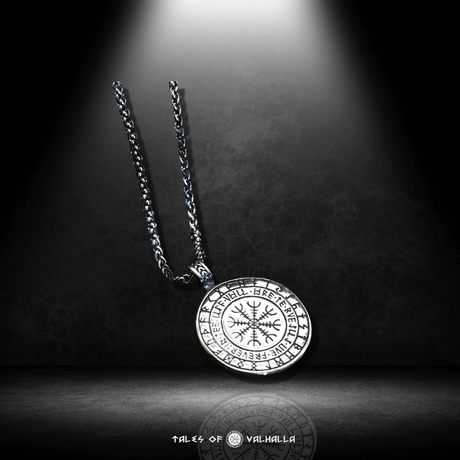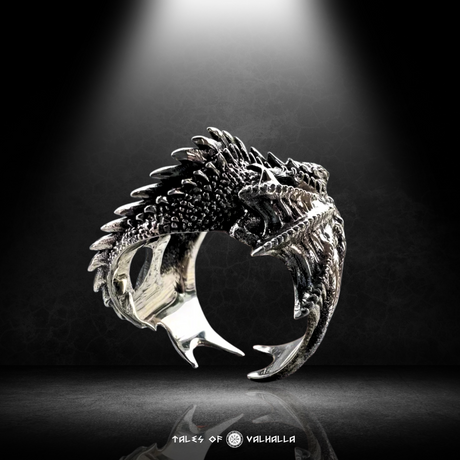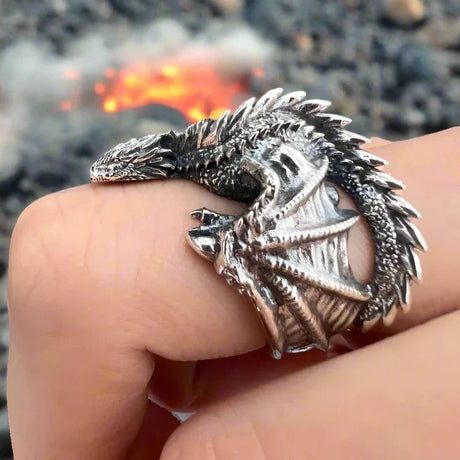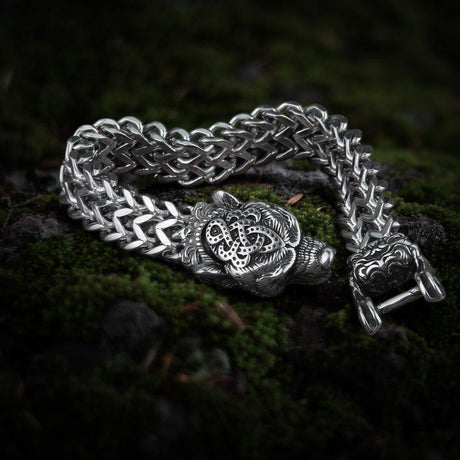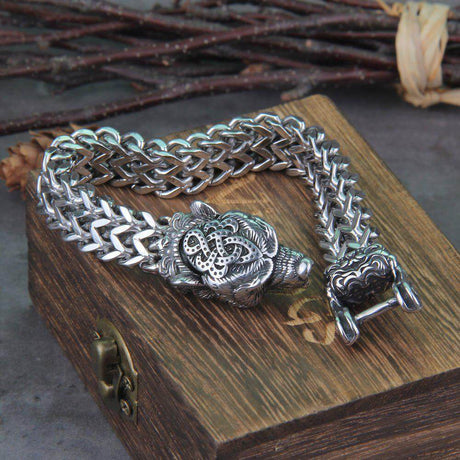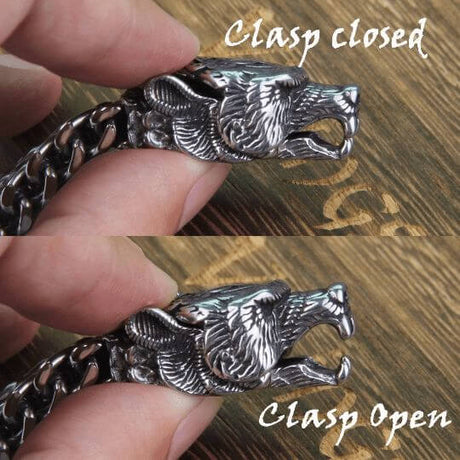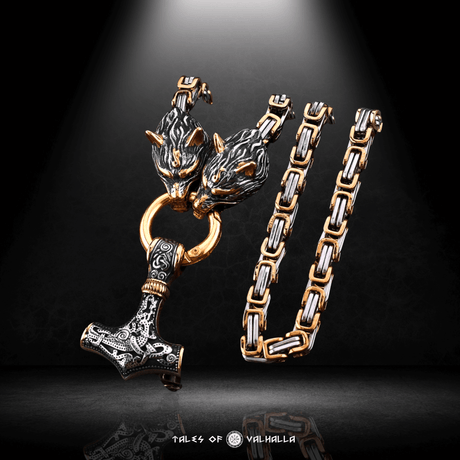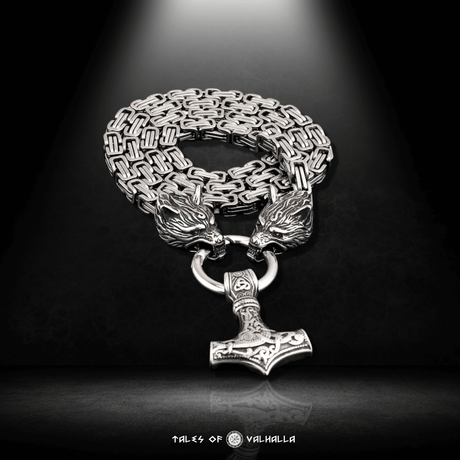The image of the Viking is often colossal: towering figures, broad-shouldered warriors who dwarfed their contemporaries, their very presence instilling fear. Popular culture, from epic films to gripping TV series, has cemented this vision of near-giant Norsemen. But how tall were Vikings in reality? Were they truly the titans of the medieval world, or is this another layer of the enduring Viking legend?
This exploration will delve deep into the historical and archaeological evidence to uncover the truth behind Viking stature. We'll examine skeletal remains, compare them to their European neighbors, explore the factors that influenced their height, and understand why the question, "How tall were Vikings?" continues to fascinate us. Prepare to have some myths challenged as we separate the archaeological facts from the captivating fiction surrounding these legendary seafarers from the North.
The "Giant Viking" Myth: Where Does the Image Come From?
Before we dig into the scientific data, it’s worth understanding why the image of exceptionally tall Vikings is so pervasive. Several factors contribute to this enduring perception.

Pop Culture Portrayals: Larger Than Life on Screen
Modern media often exaggerates the physical presence of Vikings for dramatic effect. Actors cast in Viking roles are frequently chosen for their imposing height and build, reinforcing the stereotype of the towering Norseman. When we ask "How tall were Vikings?" our mental image is often shaped by these powerful, albeit sometimes inaccurate, portrayals. These depictions, while entertaining, can skew our understanding of historical reality.
Historical Accounts & Perception: The View from "Below"
Many contemporary written accounts of Vikings came from those who were victims of their raids – monks, chroniclers, and everyday people in England, Francia, and elsewhere.
- Fear and Awe: It's natural that individuals facing terrifying raiders might perceive them as larger and more fearsome than they actually were. Fear can certainly play tricks on perception, and the sudden, brutal nature of Viking attacks would have amplified this.
- "Othering": Describing an enemy as physically imposing or even monstrous was a common literary trope in medieval chronicles. It served to emphasize the threat they posed and, conversely, the bravery of those who resisted them. So, when chronicles speak of "giant Northmen," it may be partly hyperbole born of conflict.
- Impressive Physique: Even if not literal giants, Vikings were often described as physically robust and well-built, a testament to their hardy lifestyle. This overall impressiveness could easily translate into an exaggerated perception of height.
The Sagas: Tales of Heroic Stature
The Icelandic Sagas, written centuries after the Viking Age but preserving oral traditions, often describe heroes of exceptional size and strength.
- Legendary Heroes: Figures like Egil Skallagrímsson or Grettir the Strong are depicted as being extraordinarily large and powerful. While these sagas contain historical elements, they also incorporate legendary and heroic embellishments. The exceptional height of saga heroes likely contributed to the general mythos of tall Vikings.
- Idealization: Sagas often idealize the past. Describing ancestral heroes as physically superior could have been a way of honoring them and emphasizing their heroic qualities. The question of "How tall were Vikings?" as answered by the sagas, might reflect an ideal rather than an average.
Unearthing the Truth: What the Bones Tell Us About Viking Height
To get a more objective answer to "How tall were Vikings?", we must turn to the most direct evidence available: the skeletal remains of the Vikings themselves. Archaeologists and physical anthropologists have studied thousands of Viking Age skeletons found across Scandinavia and Viking settlements.
The Science of Skeletal Analysis: Measuring the Past
Estimating height from skeletal remains is a well-established scientific practice.
- Long Bones: The length of the long bones, particularly the femur (thigh bone) and tibia (shin bone), are the primary indicators used to calculate an individual's living stature.
- Regression Formulae: Scientists use specific regression formulae, developed by studying modern populations with known heights and bone lengths, to estimate the height of ancient individuals. These formulae take into account sex and sometimes ancestry, though the latter can be complex for ancient populations.
- Accuracy and Limitations: While these methods provide good estimates, there are always margins of error. Factors like nutritional status during growth, individual variation, and the specific formula used can influence the results. However, they offer the most reliable data we have on how tall were Vikings.
Average Height Estimates for Viking Men: Taller Than Some, Not Giants
Based on numerous studies of skeletal remains from the Viking Age (roughly 8th to 11th centuries), the average height for Viking men appears to be:
- Approximately 170 to 176 centimeters (cm), which is roughly 5 feet 7 inches to 5 feet 9 inches.
It’s important to note that this is an average. Like any population, there would have been individuals who were shorter and taller than this range. Some warrior graves have yielded remains of men who were indeed taller, perhaps closer to 6 feet or even slightly above, but these were likely the exception rather than the rule.
Average Height Estimates for Viking Women: Strong and Capable
Viking women, too, were of a notable stature for their time. Skeletal evidence suggests:
- Approximately 158 to 165 centimeters (cm), which is roughly 5 feet 2 inches to 5 feet 5 inches.
Again, this is an average, with individual variations. These heights indicate that Viking women were also relatively robust and well-nourished compared to some of their contemporaries.

Average Height Estimates for Viking Women: Strong and Capable
Context is Key: Taller Than Their Medieval Contemporaries
While these average heights might not seem "giant" by today's standards in the United States (where the average male height is around 5'9" and female around 5'4"), the crucial point is how they compared to other medieval European populations.
- Comparative Advantage: Archaeological evidence consistently shows that, on average, Viking Age Scandinavians were indeed taller than many other European groups of the same period. For example, they were generally taller than the average Anglo-Saxon in England or the average Frank in continental Europe.
- Impression of Height: This height difference, even if only a few inches, could have contributed significantly to the perception of Vikings as being particularly tall and imposing when they encountered other cultures. If you're used to seeing men around 5'5", a group of warriors averaging 5'8" or 5'9" would certainly seem tall. This is a vital part of understanding the "giant" perception when asking "How tall were Vikings?".
Story Vignette 1: The Archaeologist's Discovery Dr. Aris Thorne brushed dust from a long, remarkably well-preserved femur in a recently excavated Viking grave in Denmark. His calipers clicked as he took precise measurements. "Impressive," he murmured to his assistant, Lena. "Based on this and the tibia, this individual was likely around 178 cm, close to five-foot-ten. Not a giant by today's NBA standards, but for the 10th century, especially compared to some of the remains we've seen from continental peasant burials of the same era, he would have stood out." Lena nodded, "It puts the chronicles' descriptions of 'large Northmen' into perspective, doesn't it? Not mythical giants, but certainly a population with a notable physical presence for their time." The bones themselves were telling a story that nuanced the question of "How tall were Vikings?".
Factors Shaping Viking Stature: Diet, Genetics, and Lifestyle
So, if Vikings were indeed often taller than their neighbors, what factors contributed to this? The answer lies in a combination of diet, genetics, and lifestyle.
The Viking Diet: Fueling Growth and Health
The traditional Scandinavian diet during the Viking Age was likely a significant factor in their physical development.
-
Protein-Rich: Vikings consumed a diet rich in protein from various sources:
- Seafood: Fish (cod, herring, salmon) and shellfish were abundant and staples.
- Meat: Domesticated animals (pigs, cattle, sheep, goats) and hunted game (deer, elk, boar) provided meat.
- Dairy: Milk, cheese, and skyr (a type of yogurt) were important sources of protein and calcium.
- Good Nutrition (Relatively Speaking): Compared to some other medieval European populations who relied more heavily on cereal-based diets (which could be less nutrient-dense), the Viking diet, with its access to ample animal protein and marine resources, likely provided better overall nutrition for growth, especially during childhood and adolescence. This answers part of the question "How tall were Vikings?" by looking at their sustenance.
- Seasonal Variation: Of course, diet would vary seasonally and regionally, and periods of famine were not unknown. However, the general access to protein was a potential advantage.
The Norse Gene Pool: A Genetic Predisposition?
Genetics undoubtedly played a role. Modern Scandinavian populations are, on average, among the tallest in the world, suggesting a long-standing genetic predisposition towards greater height in the region.
- Natural Selection: It's possible that in the harsh northern environment, individuals with a more robust physique and greater height might have had certain survival or social advantages, leading to a degree of natural selection for these traits over generations.
- Limited Intermarriage (Initially): While Vikings did intermarry with other cultures, particularly in their settlements abroad, the core populations in Scandinavia likely maintained a relatively distinct gene pool for a significant period, preserving these height characteristics.
A Life of Physicality: Shaping a Hardy People
The Viking lifestyle was physically demanding, which could have contributed to their overall robustness, if not directly to their maximum genetic height potential.
- Farming and Seafaring: Daily life involved hard physical labor, from farming and fishing to shipbuilding and seafaring.
- Warfare and Raiding: The demands of combat and long raiding expeditions required strength, stamina, and resilience.
- Harsh Environment: Simply surviving in the challenging northern climate, with its cold winters and variable resources, would have favored a hardy constitution.
Regional Variations: Were All Vikings the Same Height?
The Viking world was not homogenous, and it's plausible that average heights varied somewhat across different regions.
- Scandinavia Proper (Denmark, Norway, Sweden): Skeletal remains from these core homelands generally show the taller averages mentioned earlier.
- Iceland and Greenland: Studies of Icelandic and Greenlandic Norse populations have sometimes indicated slightly shorter average heights compared to mainland Scandinavia. This could be due to founder effects (smaller initial gene pool), differences in diet and resources in these more isolated and harsh environments, or adaptation over time. Answering "How tall were Vikings?" requires acknowledging these subtleties.
- Viking Settlements Abroad (e.g., Danelaw, Dublin): Vikings who settled in other parts of Europe intermarried with local populations. Over generations, this would have led to a blending of genetic traits, potentially influencing average heights in these diaspora communities.
Viking Height in Comparison: A Medieval Perspective
To truly appreciate the answer to "How tall were Vikings?", it's essential to compare them not to modern populations, but to their medieval contemporaries.
Source Notes: Height estimates for historical populations are based on various osteological studies and can vary. This table provides general ranges for comparison.
This table clearly shows that while Vikings weren't giants by today's standards, they often were taller than many of the people they encountered during their era. This relative height advantage likely contributed to their fearsome reputation.
Beyond Physical Height: The "Stature" of the Vikings
When considering "How tall were Vikings?", it's important to think beyond mere inches and centimeters. Their "stature" in the eyes of their contemporaries was likely amplified by several other factors:
Intimidation and Reputation
- Fearsome Warriors: The Vikings were renowned for their ferocity in battle, their raiding tactics, and their seemingly fearless demeanor. This reputation alone could make them appear more imposing.
- Weaponry and Armor: Carrying axes, swords, spears, and shields, often adorned with intimidating designs, added to their formidable appearance.
- Sudden Raids: The shock and terror of a sudden Viking raid would undoubtedly make the attackers seem larger and more terrifying to their victims.
The Impact of a "Tall" Reputation
This perception of height, whether entirely accurate or partially exaggerated, could have provided a psychological advantage.
- Deterrence: The reputation of tall, fierce Northmen might have deterred resistance in some cases.
- Awe and Respect: Even in more peaceful interactions, such as trade, a commanding physical presence could garner respect and influence.
Story Vignette 2: The Frankish Farmer's Encounter Adelard, a farmer in a small coastal village in Francia, had heard the terrifying tales of the Northmen. When the dragon-prowed longships finally appeared on his horizon, his heart froze. As the warriors disembarked, they seemed to tower over the local men. Their broad shoulders, their gleaming weapons, and their wild, bearded faces were enough to send a shiver down his spine. Even if they were only a few inches taller on average, in that moment of fear and chaos, they looked like giants, an unstoppable force descending upon his world. The question for Adelard wasn't just "How tall were Vikings?" but how overwhelmingly powerful they appeared.
Why Does the Question "How Tall Were Vikings?" Still Fascinate Us?
The enduring interest in Viking height speaks to several aspects of our fascination with this historical period.
- The Enduring Image of Power: Vikings represent a romanticized image of strength, adventure, and freedom. Their physical attributes are part of this allure.
- Connecting with the Past: Understanding physical characteristics like height helps us create a more tangible and relatable picture of people from the past.
- Debunking Myths, Finding Truth: There's a natural curiosity in separating historical reality from popular fiction and uncovering the facts behind the legends. The quest to answer "How tall were Vikings?" is part of this desire for authenticity.
- Personal Ancestry: For many in the US with Scandinavian roots, understanding the physical traits of their ancestors is a way of connecting with their heritage.
Conclusion
So, how tall were the Vikings? Skeletal remains show that Viking men averaged 5'7" to 5'9", and women 5'2" to 5'5"—taller than many Europeans of their time. They weren’t giants, but their solid build, fierce presence, and warrior gear made them truly imposing.
At Tales of Valhalla, we believe that understanding even their height adds depth to the Viking story. It reflects a life shaped by strength, survival, and seafaring—a reality that helped forge the legends we still honor today.
6 FAQs
1. Q: So, how tall were Vikings on average?
A: Based on skeletal evidence, Viking men averaged between 5'7" and 5'9" (170-176 cm), while Viking women averaged between 5'2" and 5'5" (158-165 cm). While not "giants" by modern standards, this was often taller than many of their European contemporaries.
2. Q: Were Vikings really giants like they're often shown in movies?
A: No, the image of Vikings as towering giants is largely a myth perpetuated by popular culture and perhaps exaggerated historical accounts. While some individuals were certainly tall, their average height was within a more typical human range, albeit often taller than other medieval populations.
3. Q: Were Vikings taller than other people during their time (the Viking Age)?
A: Yes, scientific evidence suggests that, on average, Viking Age Scandinavians were often taller than many other European groups they encountered, such as Anglo-Saxons in England or people in Francia. This relative height difference likely contributed to their imposing reputation.
4. Q: How do we actually know how tall Vikings were? What's the evidence?
A: Our primary evidence comes from the study of skeletal remains (osteology) found in Viking Age burials. Archaeologists and anthropologists measure the length of long bones, like the femur (thigh bone) and tibia (shin bone), and use scientific regression formulae to estimate the living stature of these individuals.
5. Q: What factors contributed to the Vikings' height?
A: Several factors likely contributed to their stature. These include a relatively protein-rich diet (with significant amounts of meat, fish, and dairy), genetic predispositions common in Scandinavian populations, and a physically demanding lifestyle that promoted robust physical development.
6. Q: If they weren't actual giants, why do we have this common image of extremely tall Vikings?
A: The perception of Vikings as exceptionally tall likely stems from a combination of factors: they were often taller than their medieval contemporaries, historical accounts from those raided might have exaggerated their size due to fear or awe, saga descriptions often depict heroic figures as larger than life, and modern popular culture frequently amplifies this image for dramatic effect.











